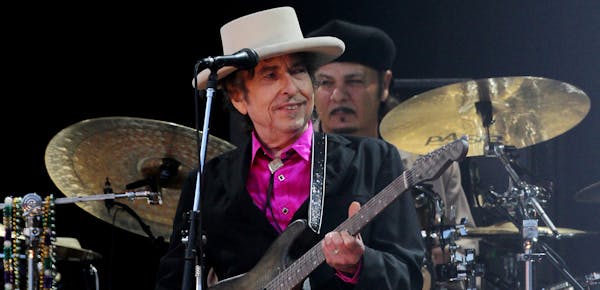Hillary Clinton's plan to help alleviate deep poverty in this country, offered in the waning weeks of a brutal presidential election, is a strong example of what attention to detail and mastery of policy can produce. The chief feature is a seemingly simple change to the federal child tax credit. But that one change has the potential to lift more than a million families out of deep poverty, defined as those making less than half the federal poverty threshold — about $10,000 for a single parent with two children.
These families are largely forgotten in the public policy debate. While they are disproportionately families of color, in sheer numbers the majority are white families with no jobs and young children. Their numbers started to rise after 1996, when then-President Bill Clinton vowed to "change welfare as we know it" and ushered in changes that, indeed, shrunk the welfare rolls. But 20 years later, an unwelcome consequence has emerged: More than 7.2 million children now live in extreme poverty.
The $1,000-per-child tax credit that has helped so many families defray the cost of child-rearing is out of reach for many of these very low- or no-income parents. Those with incomes below $3,000 are not eligible, while those making up to $10,000 can claim only a partial refund. Hillary Clinton would scrap those limits, allowing even the poorest families to claim the full credit. Middle-class families would benefit, too: The tax credit would double to $2,000 for children 4 and younger.
The credit has its roots in Minnesota, where Republican congressman Rod Grams first championed a $500-per-child break. President George W. Bush doubled it and expanded eligibility by making it refundable. President Obama lowered the eligibility threshold from $10,000 to $3,000 of income, further broadening its reach. The credit, which phases out at upper-income levels, has proved popular with both parties.
Clinton's proposal could boost incomes for more than 5 million of this nation's poorest families, without creating new agencies or bureaucracies. In this form, it would function almost as a form of guaranteed income, used in many countries as a way to at least soften poverty and once proposed in the U.S. by Republican President Richard Nixon. His plan would have replaced welfare entirely in favor of a small federal income "on which the family itself could build" and in which "outside earnings would be encouraged, not discouraged."
Clinton's plan is a starting point for dealing with intractable, deep poverty and should appeal to thoughtful Republicans. An analysis by the American Enterprise Institute, a conservative think tank, noted that while Clinton's plan did not address ways to move such families into the labor market, expansion of the credit "clearly moves us in the right direction and would provide important relief to low-income working families." Republican Sen. Marco Rubio, during his presidential run, proposed raising the child tax credit to $2,500.
What if a new Congress and president started their working relationship in January by finding common ground on a way to help the poorest in this country? What a way that would be to start 2017 and close the book on the annus horribilus that has been 2016.

Should Metro Mobility even be thought of as supplemental?

What does Anoka-Hennepin really teach about DEI?


